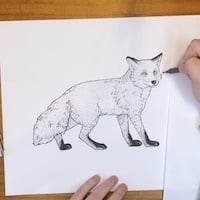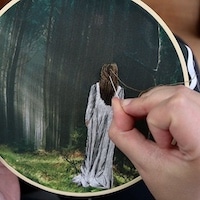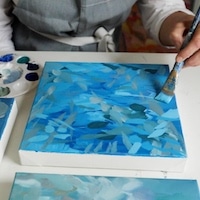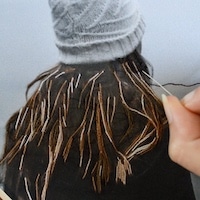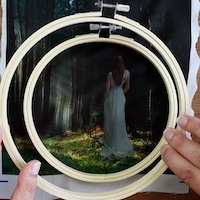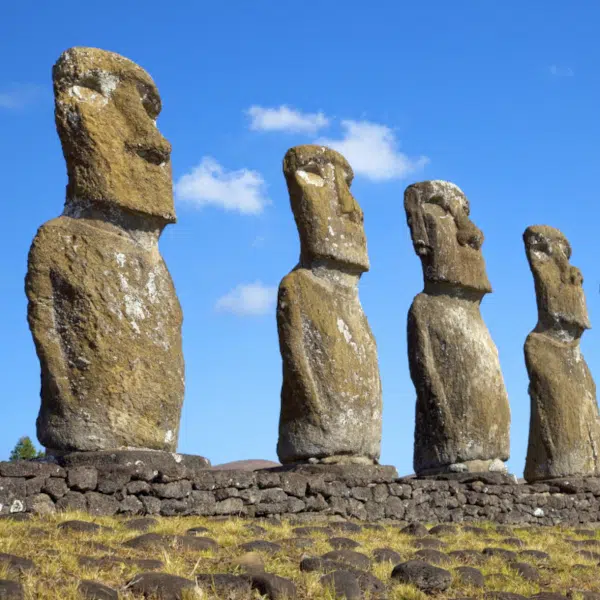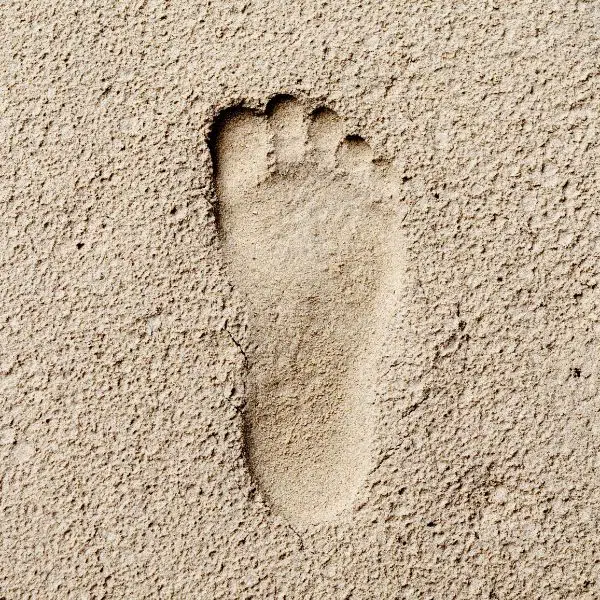
A large brush-footed trapdoor spider (Mygalomorphae: Barychelidae) from the Miocene of Australia. (Photo: Matthew R McCurry, Michael Frese, Robert Raven via Wikimedia Commons, CC BY 4.0)
In New South Wales, Australia, a natural wonder hides beneath farmland in a place called McGraths Flat. A trove of fossils were discovered there, including a recent number of soft tissue fossils preserved in peculiar goethite rocks.
The McGraths Flat dates back to the Miocene epoch, a time period in which a large portion of plants and animals that roam Earth to this day evolved. What is now a dry and dusty environment actually used to be a lush and humid rainforest. And now, researchers believe that this may be part of the key for understanding where to find exceptionally preserved fossils elsewhere.
In a study published by the Australian Museum Research Institute in the Gondwana Research journal, researchers analyzed a number of fossils from the McGraths Flat site. Their findings were surprising: these fossils were extremely well-preserved, despite not being composed of traditionally optimal rock material.
Usually, the best fossils come from rocks with a high sandstone, limestone, shale, or volcanic ash content. The McGraths Flat fossils were instead completely composed of goethite, which researcher Tara Djokic explains is “a fine-grained mineral that contains iron.” Nowadays, iron has associations with rusting, which is what generally happens when it is exposed to the elements. But in the case of the goethite fossils, the iron matter actually helped preserve minute details.
The rock found in the Australian site is called ferricrete, and is referred to as a cement made from iron. It’s composed of tiny mineral particles that are so fine, that it filled every cell of whatever animal died and was left in the sediment. The result is not just a fossil that captures the general characteristics of animals on a macro level, but one that preserves even the smallest of details on a cellular level.
The study argues that understanding how the McGraths Flat evolved as an environment can help researchers identify new possible sites for further exploration. If a place contains fine layered, fine-grained ferricrete, and the region meets a number of criteria, researchers believe there’s a chance that the site will yield similarly high-level, iron-rich fossils. This opens up a whole new avenue for paleontology, and indeed may be rewriting the rules for standards and preferences in fossil research.
Researchers have found extremely detailed fossils preserved in the McGraths Flat site in Australia.

Macro and micro preservation of McGraths Flat fossils. (A) Fish (AM F.155052); inset, close-up of remineralized vertebrae and melanophores (yellow spots) (McCurry et al., 2025: Fig. 4A). (B) Melanosome impressions set within permineralized melanophore; inset, overview (AM F.146748) (McCurry et al., 2025). (C) Assassin bug (AM F.145091); white arrow—location of (D) setal impressions (external molds) on front leg; inset, overview. (E) Setal impressions (external molds) on the pedipalp of a large brush-footed trapdoor spider (AM F.145559) (modified from McCurry et al., 2024: Fig. 3D); inset, overview. (F) Leaf (Lygodium sp.; AM F.147822). (G) Impression of epidermal cells of indet. leaf. Cellulose walls are not preserved (arrow) (AM F.146158). (H) Impression of the outer surface of part of the guard cells and surface of the subsidiary cells of Lygodium sp. leaf stomata (AM F.146600) (modified from McCurry et al., 2022: Fig. 6H). (I–K) Microfossils: I, an external mold of indet. Asteraceae or Amaranthaceae pollen with spines (yellow arrows) (AM F.146088); J, internal mold (left) and external molds (right two) of fern spores (AM F.146360); K, internal molds (red arrow) and external mold (yellow arrow) of cyanobacteria (AM F.146155).
These fossils are unusual in that they are composed of goethite, which is usually not one of the characteristic types of rock that preserve the best fossils.

Photo: magann/Depositphotos
This type of rock found in McGraths Flat is also known as iron cement, and is made up of super fine particles that can preserve even the tiniest of details, like nerve cells.

Fossilized plant on Sandstone gorge formation. (Photo: claudiaf/Depositphotos)
Scientists believe that these findings can help reveal other site locations where this kind of high-level fossilization may have taken place.

Regional depositional history of McGraths Flat. (A–C) Landscape evolution: A, Eocene to Oligocene—the eruption of Liverpool Range Basalts; B, Miocene—formation of an erosional valley with ferrosols and Fe-rich fluviolacustrine environments supporting mesic rainforest; C, Present-day—semi-arid farmland topography.
Sources: Taphonomy of soft-tissue preservation in ferricrete at the McGraths Flat Lagerstätte; Unusual red rocks in Australia are rewriting the rules on exceptional fossil sites
All images via “Taphonomy of soft-tissue preservation in ferricrete at the McGraths Flat Lagerstätte” research paper, except where noted.
Related Articles:
Researchers Discover 300,000-Year-Old Human Footprints Offering Insight Into Early Human History
Young Boy Discovers 140-Million-Year-Old Marine Fossil While Digging in His Yard
Fossilized Flowers From Greenland Reveal It Was a Green Tundra Less Than 1 Million Years Ago
Stegosaurus Worth $45M Becomes the Most Expensive Dinosaur Fossil Ever Sold at Auction







